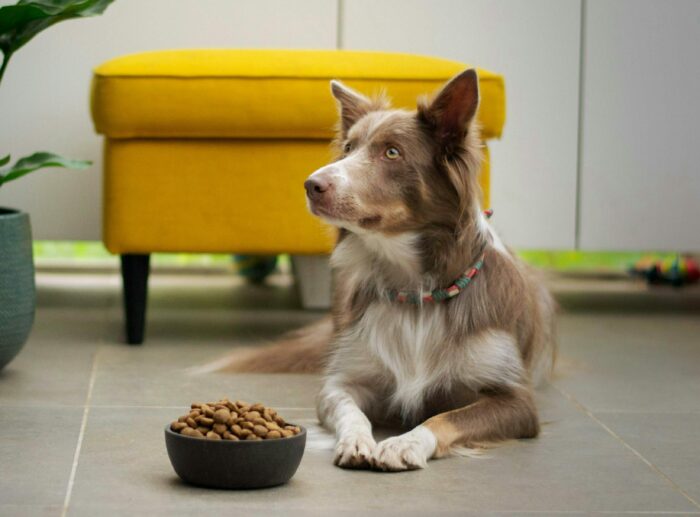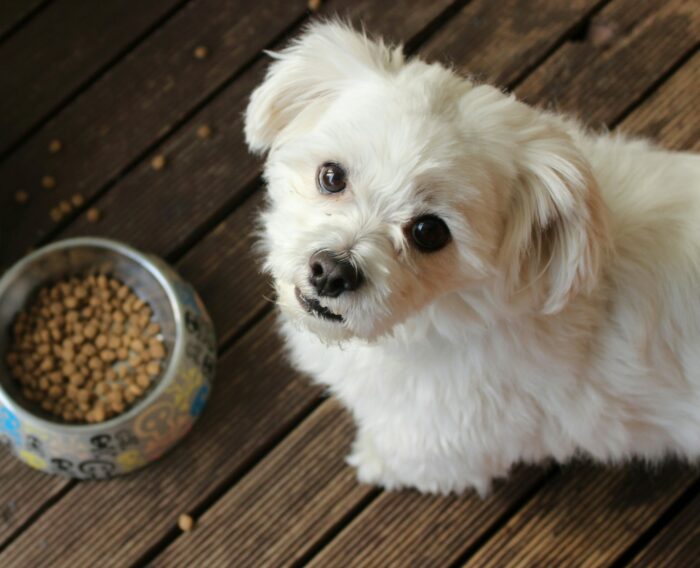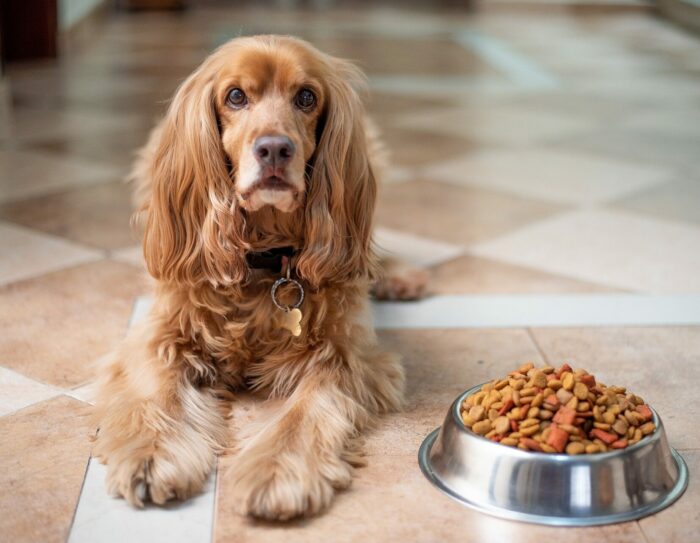Embarking on the journey of raising a pup is filled with numerous milestones, and one of the most crucial is transitioning from puppy to adult dog food. Do you know giving your dog the wrong food at the wrong time can cause big health problems? And this includes obesity and developmental problems. In fact, in 2022,about 59% of dogsin the U.S. are overweight or obese – which leads to a plethora of health problems like: arthritis, kidney disease, and even cancer.
HighlightsProper food transition critical for a puppy’s growthTransition age depends on breed size and activity levelSwitching process to adult food should take 10 daysMeal frequency changes with adult dog food transition
This shows why it’s so important to feed your dog the right food at the right time. The key factors in this important transition include the size of your dog’s breed, how active they are & any special health needs they might have.
Keep reading to find out how to make this change in the best way, helping your dog stay healthy at every stage of their life.
The information provided herein is for informational purposes only. Please refer to ourdisclaimerfor more details..
Table of ContentsDifference Between Puppy Food and Adult Dog FoodWhy Switching Food at the Right Time EssentialConsequences of Delayed TransitionRisks of Premature SwitchingWhen To Transition to Adult Dog Food1. Breed Size Matters2. Activity Level3. Spaying/Neutering Considerations4. Monitoring Food ConsumptionHow To Transition Your Puppy to Adult Dog Food SuccessfullyFeeding Frequency for Your DogConclusion
Difference Between Puppy Food and Adult Dog Food

Image credits:Ayla Verschueren
Knowing the difference between puppy and adult dog food is really important for your pet’s health. According to theAssociation of American Feed Control Officials (AAFCO)– puppy food is different from adult dog food in its nutritional composition, crucial for a puppy’s growth.
Why Switching Food at the Right Time Essential
Switching your puppy to adult dog food at the right time is super important for their health. And if you change their food too late or too early, it can cause big health problems.
Consequences of Delayed Transition
Risks of Premature Switching
On the other hand, switching to adult dog food too soon can be equally harmful. Puppies deprived of the essential nutrients found in puppy formulas might suffer from nutritional deficiencies & growth abnormalities. They might not reach their full size and could have more chances of having problems later on with their:
Understanding and adhering to the correct timing for switching your dog’s food is therefore essential for their overall health and well-being.
When To Transition to Adult Dog Food

Image credits:M Burke
Changing your puppy to adult dog food is a big step. Knowing when to do it is key, and it depends on things like how big your dog’s breed is, how active they are & other things like if they’re spayed or neutered.
1. Breed Size Matters
The maturity rate of dogs varies significantly based on breed size – which directly influences when to transition to adult food:
2. Activity Level
Athletic dogs might benefit from staying on puppy food formulas longer. The extra protein & calories in puppy food help their muscles grow and give them energy for a lot of activity.
3. Spaying/Neutering Considerations
If a puppy is spayed or neutered before it’s almost fully grown – it might need 30% fewer calories. But this usually doesn’t slow down how fast they grow. And for big breeds, being spayed or neutered early might affect their bones & joints.
4. Monitoring Food Consumption
How To Transition Your Puppy to Adult Dog Food Successfully

Image credits:Alkhaine
Stop changing their food and talk to your veterinarian if at any point your puppy shows signs of discomfort, like:
And remember, keeping the same feeding times during this change helps your puppy feel calm & makes switching their food easier.
Feeding Frequency for Your Dog
Changing your puppy to adult dog food isn’t just about the type of food. It also means changing how often they eat and how much they get. Here’s a guide to help with this change:
If you need specific advice for your dog’s complete and balanced diet and eating schedule, it’s best to consult with your veterinarian or a dog nutrition expert. And they can provide tailored advice, ensuring yourdog’s dietis perfectly suited to their unique needs and lifestyle.
Conclusion
252views252views
Pet Wellness